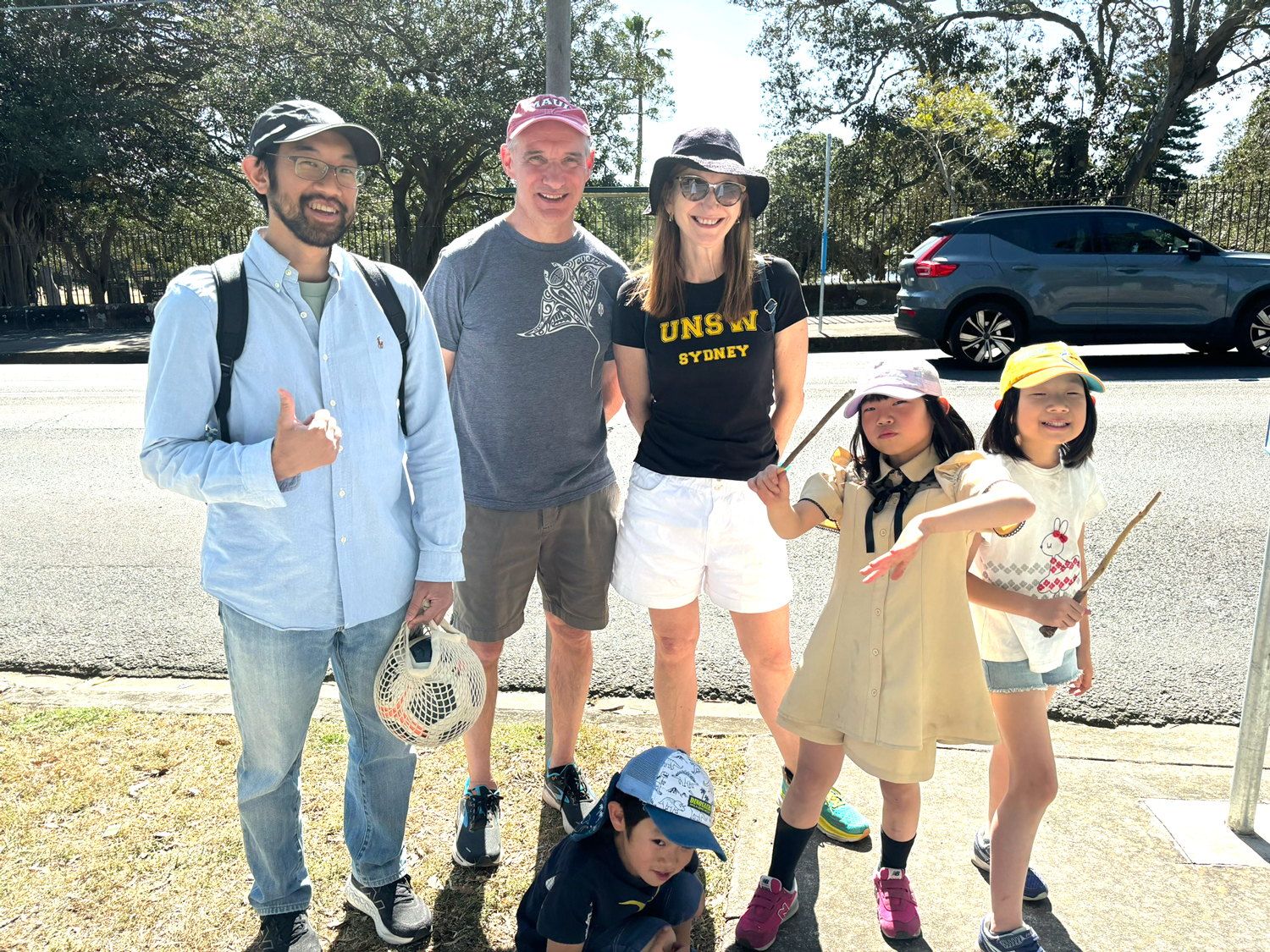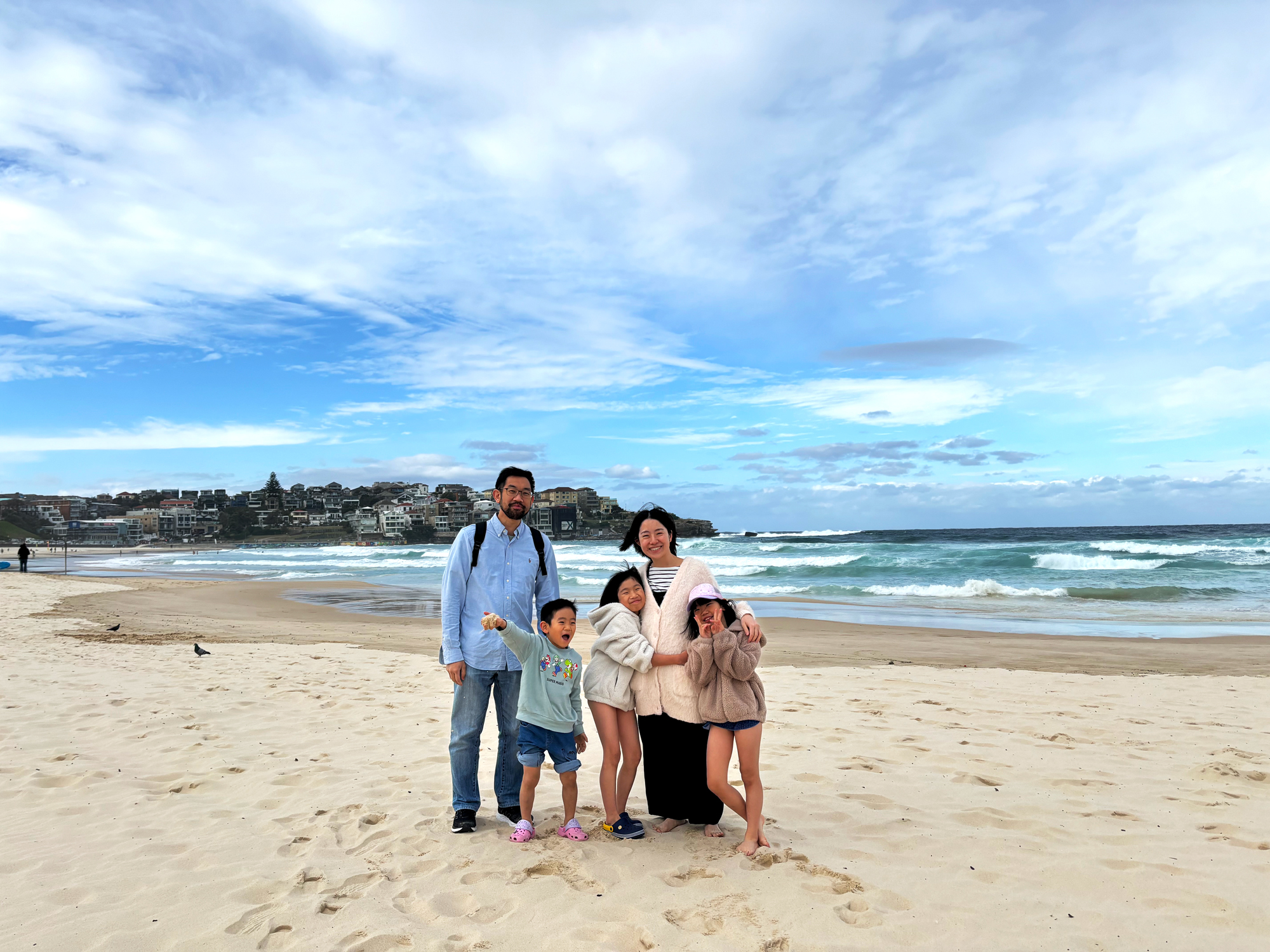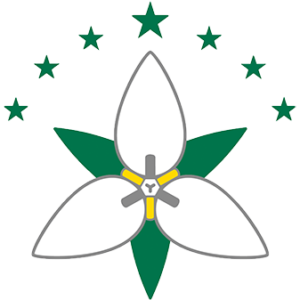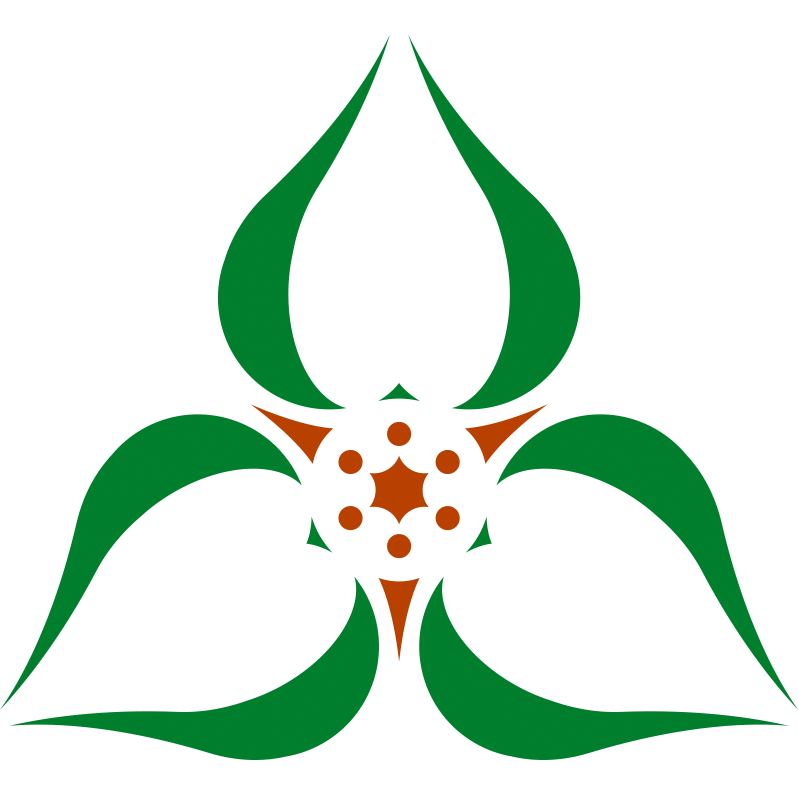留学報告(米国セントルイス・ワシントン大学)
田川 義晃
OECD加盟国中、最短睡眠時間を誇る日本人からみると、オーストラリアの皆さんは毎日よく眠る国民だと感じます。私もこちらの生活スタイルにあやかって子供と一緒に寝起きする健康的な生活を送っています。シドニーはサマータイムの影響もあり12月は寝る直前まで明るいと感じる程です。夏は本当に日差しが強く、こちらで知り合った日本画家の方は、シドニーで過ごすと絵を描くときに白の基準がずれてしまうという奥深い発言をされていました。
札幌が人口200万人で、シドニーは460万、オーストラリア最大の都市です。都心は高層ビルが立ち並び、東京や大阪の高層ビル群に匹敵するほどですが、都心であっても札幌駅よりも空いている印象です。一方で、札幌と似ていて 都心から少し離れるだけで国立公園やビーチ、森林が広がるエ リアが開けて自然の豊かさを感じます。スズメの代わりに虹色のオウムを頻繁に見かけ、ゴミをあさるカラスの代わりは、トキ(日本では国鳥)や顔が真っ赤な七面鳥で、固有の生態系を感じます。道東の出張では汽車が鹿に接触して止まることがよくありますが、こちらではキャンベラ行きの高速道路に乗るとカンガルーやコアラがじゃんじゃん出てきてしまいます。
オ ーストラリアは人口2500万人に対してオプトメト リ ストが4000人、眼科医は1000人ほどで、日本は人口1億2000万人に対して視能訓練士が10000人、眼科医が13000人で、眼科医療を担う総人数という意味では大きな違いは無いようにみえます。しかしながら、その割合や法律的な役割、そして全体の労働時間も大きく異なっています。金曜日朝にメールを出すと、すぐに短い返事と最後には決まって、“Have a nice weekend!(もう週末だから仕事のメールは絶対に送らないでね!と日本語訳されます)” の一文が挿入されています。北大眼科医師と比較すると、体感的には半分以下の労働時間で賃金が約2倍です。実際、学校の送り迎えにお父さんが来る家庭も多いです(日本以外は世界中どこでも小学生が一人で道を歩くことは危険とされています)。
オ ーストラリアの眼科医はほとんど手術治療に特化している印象で、日本では大きな病院には眼科があり全身疾患に伴う眼疾患のフォローが容易ですが、オーストラリアでは眼科医療の最初の玄関がオプトメトリストのクリニックです。日本では当たり前の糖尿病眼底フォローがなかなか行われないことが大きな課題となっているようです。一方で、ドライアイやコンタクトレンズに対する意識は高く、日本では前眼部を専門とする眼科医のなかでも脇役的存在ですが、オプトメトリストの最大の関心事の一つだと感じます。
私が留学しているUniversity of New South Wales (UNSW)のOptometry and Vision Science学科は、ドライアイ・コンタクトレンズ分野では世界最高峰を 誇り、世界中から(同じフロアだけでも20か国以上)Ph.D student が訪れています。留学先の Fiona Stapleton 研究室では、角膜知覚の研究をさせてもらっていますが、この分野はまだ世界でも関心が薄いようで取り組んでいるのは私だけですが、充実した研究生活を送れています。
渡豪当初は、どんなにゆっくり話してもらってもオーストラリア英語が全く聞き取れず、NHKラジオ英語との大きな隔たりを感じましたが、最近は当初よりも身構えずに日常生活が送れるようになってきました。Native同士が話し始めると途端に置いて行かれますが、残り期間で少しでも追いつけるように頑張りたいと思います。 最後に、このような貴重な留学の機会を与えてくださった石田教授はじめ医局の皆様方に厚く御礼申し上げます。

上司のFionaとUNSWの近くにあるCentennial Parkで散歩
From the perspective of Japanese people, who boast the shortest sleep duration among OECD member countries, Australians seem to be a nation that sleeps well every day. Embracing this lifestyle, I have adopted a healthier routine of waking and sleeping alongside my children. Thanks to daylight saving time, December in Sydney feels bright right up until bedtime. The sunlight in summer is particularly intense, and a Japanese painter I met here remarked profoundly that living in Sydney shifts their baseline for perceiving the color white when painting.
Sapporo has a population of 2 million, whereas Sydney, Australia’s largest city, is home to 4.6 million people. The city center is lined with skyscrapers, comparable to those in Tokyo or Osaka, but even in the heart of Sydney, it feels less crowded than Sapporo Station. On the other hand, Sydney shares similarities with Sapporo in that just a short distance from the city center, one can find vast natural areas, including national parks, beaches, and forests. Unique ecosystems abound here; instead of crows, you’ll see ibises (Japan’s national bird), rainbow lorikeets, and red-faced turkeys scavenging through garbage. While trains in eastern Hokkaido often stop due to deer collisions, on highways leading to Canberra, kangaroos and koalas frequently appear on the road.
Australia, with a population of 25 million, has about 4,000 optometrists and 1,000 ophthalmologists, while Japan, with a popu-lation of 120 million, has about 10,000 orthoptists and 13,000 ophthalmologists. In terms of the total number of professionals pro-viding eye care, there seems to be little difference. However, the proportion of these professionals, their legal roles, and their work-ing hours differ significantly. When I send an email on a Friday morning, I almost immediately receive a brief reply that always ends with "Have a nice weekend!" (which can be interpreted in Japanese as "Don’t send work emails over the weekend!"). Compared to oph-thalmologists at Hokkaido University, my impression is that the working hours here are less than half, while wages are about twice as high. It’s common to see fathers picking up their children from school—a contrast to Japan, where elementary school children walking alone is considered safe, but elsewhere in the world is deemed dangerous.
Australian ophthalmologists seem to focus almost exclusively on surgical treatments. In Japan, large hospitals often have ophthal-mology departments, making it easy to follow up on eye diseases associated with systemic conditions. In contrast, in Australia, the first point of contact for eye care is usually an optometrist's clinic. The lack of routine diabetic fundus follow-ups, which are taken for granted in Japan, appears to be a significant challenge. On the other hand, awareness of dry eye and contact lenses is high here. While anterior segment specialists in Japan are often seen as secondary players among ophthalmologists, these areas are one of the main focuses for optometrists in Australia.
At the University of New South Wales' School of Optometry and Vision Science, where I am studying, the fields of dry eye and contact lenses are world-leading. Ph.D. students from more than 20 coun-tries (just on the same floor) come here to study. At the Fiona Stapleton lab, where I conduct research, I am working on corneal sensation. Although this area has not garnered much global atten-tion, I am fortunate to enjoy a fulfilling research experience.
When I first arrived in Australia, I could barely understand Australian English, even when spoken slowly, and I felt a huge gap compared to NHK radio English lessons. However, recently, I’ve been able to navigate daily life more comfortably than when I first arrived. Although I still struggle to keep up when natives talk among them-selves, I hope to improve further in the remaining time of my stay.
Finally, I would like to express my heartfelt gratitude to Professor Ishida and everyone at the department for providing me with this invaluable opportunity to study abroad.

冬でも温かめのBondi Beach



